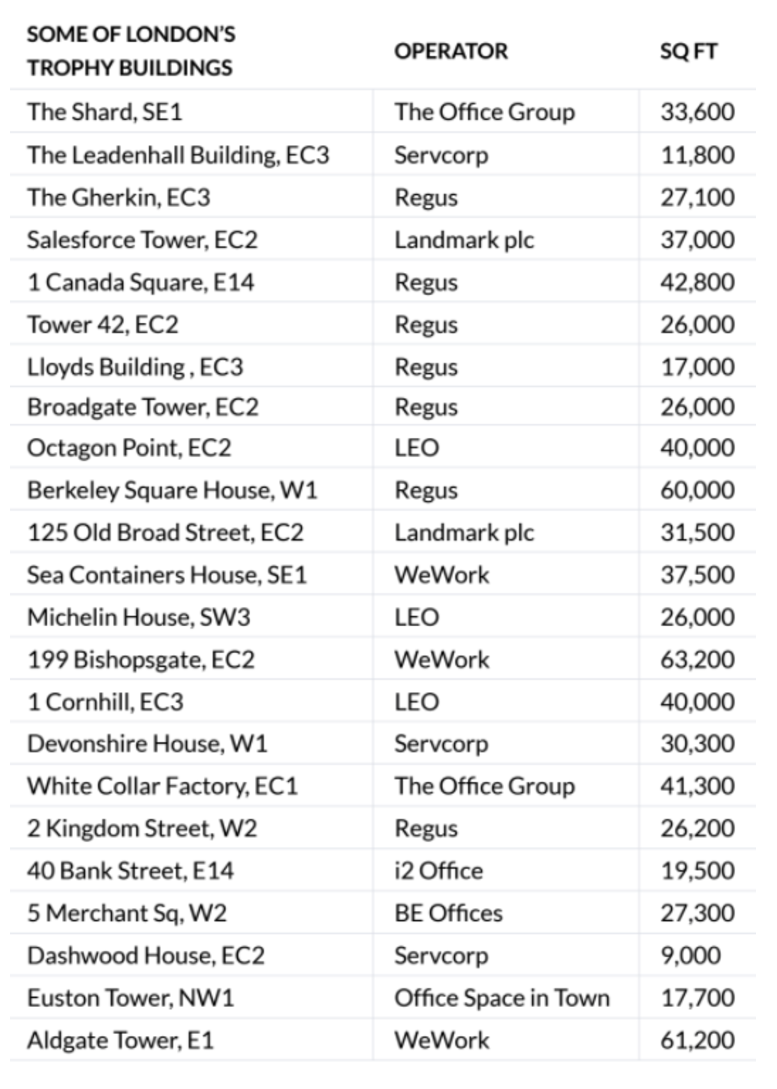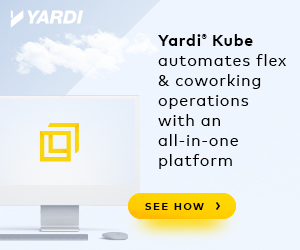“It is no exaggeration to say that there has been a revolution in the workplace over the past few years. Flexible workspace has moved from the fringes of the market to centre stage with demand continuing to grow year on year.” – Green Kinnear Real Estate (GKRE)
GKRE recently published “The Flexible Workspace Market”, a white paper that looks at the state of the industry, explaining its draw for occupiers and landlords and the different ways valuation works within the industry, along with the key trends operators should look out for in 2018.
Flexible workspace numbers speak for themselves. We are part of a thriving, growing, and evolving industry. But where did it all start? More importantly, why did it start and why does it continue to blossom?
In GKRE’s words, “The industry sprang up as a result of operators challenging the traditional lease model offered to tenants. Tenants took to this new flexible model as it did not tie them into long-term conventional leases and the financial commitments these involved.”
This was back in the day before the term coworking became mainstream — yet serviced offices were and remain attractive to occupiers (regardless of what we call them: business centers, serviced offices, coworking spaces, or flexible workspaces). And while landlords weren’t sold on the concept of serviced workspaces back then, they have come to realize the advantages of the industry.
Not only that, they have also come to learn that they can play a vital role in the growth of the market.
4 Key Drivers Behind Flexible Workspace Growth
Based on GKRE’s report, these are the main drivers behind flexible workspace growth, then and now:
1) Financial Risks and Low Set-Up Costs
Long-term leases mean a long-term financial commitment, which limits a company’s cash-flow, as well as their ability to grow or contract as needed. Serviced offices also take care of setting up the necessary infrastructure for a company to operate; there’s no need to worry about legal expenses, large rent deposits, investing in furniture or tech infrastructure.
2) Plug and Play | Pay As You Go
Flexible workspaces allow companies and entrepreneurs to set-up shop in a matter of days, hours, and even minutes. They also offer various membership options, allowing individuals and companies to choose and pay for the services that they need.
3) Digital Revolution
Technology has transformed the way people work. We are connected 24/7, which allows us to work whenever we want and wherever we are. Along with the digital revolution came millennial’s entrance into the workforce. Millennials “demand to work in a different way. They see their workplace as a destination(…). It (the workplace) needs to be an enticing mixed-use environment, offering space to relax and collaborate, as well as work.”
4) New Tax Laws
“A new international standard on lease accounting coming into force in January 2019 will drive up the demand for shorter leases. Under the new rules, companies will need to show long or new leases on their balance sheets, making short-term flexible leases more attractive.”
Opportunities For Property Owners and Landlords
Flexible workspace operators used to have a hard time convincing landlords to let them operate a workspace in Type A buildings. Clearly this is no longer the case, and various operators have been able to position themselves in some of the most coveted buildings around the world.
The image below illustrates this point as it currently stands in the UK market:

Landlords and property owners have found various ways in which they can work with workspace operators — outside of the traditional lease transaction.
Alternative Lease Agreements
It’s not uncommon for landlords and operators to share revenue from the operations of a flexible workspace. This can be done either through profit share and turnover leases or through management agreements.
“Under a profit share lease, the landlord only receives rent once the center becomes profitable.(…) In some cases, there is a ‘cap and collar’ on what the landlord can receive from the operator.” For its part, a turnover lease is when “rent is calculated as a percentage of licence fee income generated by the operator.”
“A management agreement is when an operator agrees to provide flexible workspace and other related services on behalf of the property owner. The operator is responsible for operating the centre, generating revenue and reporting to the property owner. The cost of fit out is generally met by the owner whilst some operational service costs can be met by either or both parties, and there is a ‘management fee’ charged by the operator.”
And while both of these options are attractive for property owners, there is a new, more attractive solution for them: creating their own flexible workspace brand.
Flexible workspaces have started to become recognized as a separate asset class. According to GKRE, this has led to many “keeping an eye on hotel-style valuation techniques, which value revenue and the operating income as much as the capital value of the asset.(…) It means thinking about long-term income.”
It’s no wonder that property owners have started to look at serviced workspace solutions as a viable revenue generating business. Take for example Blackstone and British Land, who have set a precedent in the UK market, one that will probably be followed by other property owners both in the UK and in the rest of the world.
Opportunities For Established Operators
“Tenants from all sectors, from professional services companies to charities, are demanding flexible workspace. They want bespoke modern office space without being tied into long-term commitments. The next evolution of the flexible workspace market is likely to be towards tenants taking managed space.”
In other words, “property will become a service”, and the ones with the most valuable experience in this area are serviced workspace operators, who have been doing this for over 15 years by now.

 Dr. Gleb Tsipursky – The Office Whisperer
Dr. Gleb Tsipursky – The Office Whisperer Cat Johnson – Coworking Marketing Maven
Cat Johnson – Coworking Marketing Maven Angela Howard – Culture Expert
Angela Howard – Culture Expert Drew Jones – Design & Innovation
Drew Jones – Design & Innovation Andrea Pirrotti-Dranchak – Competitive Advantage
Andrea Pirrotti-Dranchak – Competitive Advantage Jonathan Price – CRE & Flex Expert
Jonathan Price – CRE & Flex Expert Jeremy Fennema – Tech Innovation Alchemist
Jeremy Fennema – Tech Innovation Alchemist







